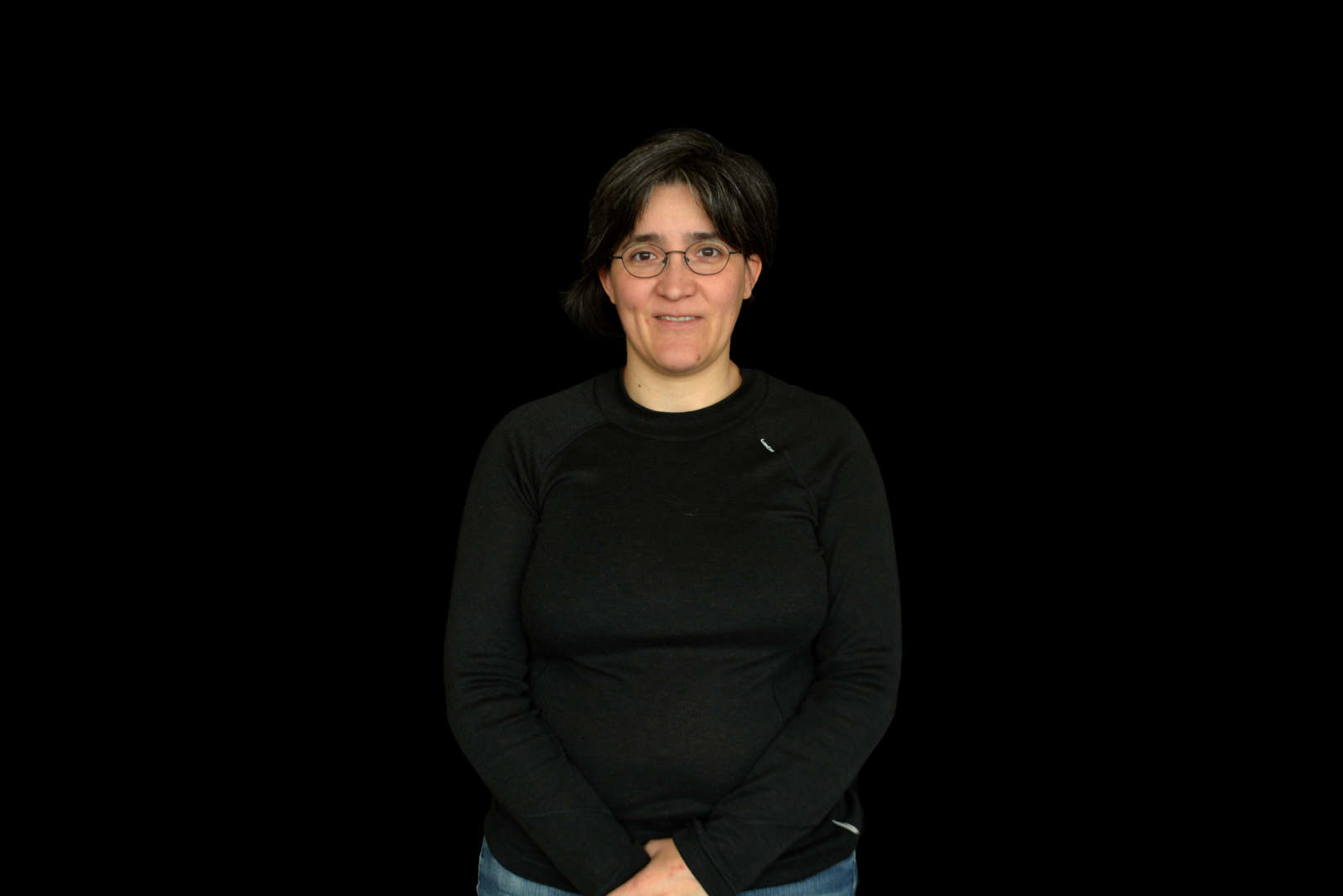About
My academic path started with a graduation in Physics Engineering (IST/Lisbon), followed by an MSc in Electrotechnical Eng. and Computers (IST/Lisbon), and a PhD in Physics /FCUP/UPorto). Along the way, I participated in different projects that had, as a common feature, the development of new solutions or approaches in Applied Optics (LIDAR measuring systems, biosensors, fiber optic sensing, high resolution optical imaging, optical coherence tomography). As a lecturer at UPorto, I have been mostly envolved in the Physics Eng. and Medical Physics MSc programs. At the Center of Applied Photonics (INESC TEC) I have found the place/team to develop my research in applied optics, looking for solutions for academic challenges, but most importantly for the challenges we receive from industrial partners, seeking for new measuring approaches using light as a probing agent.


